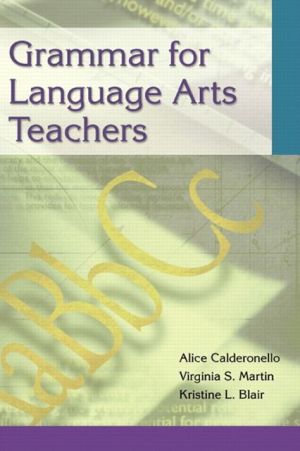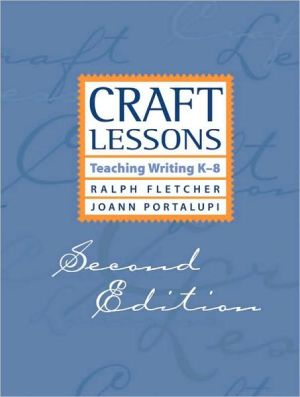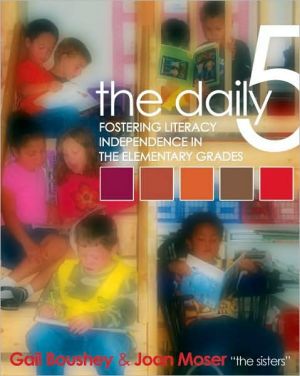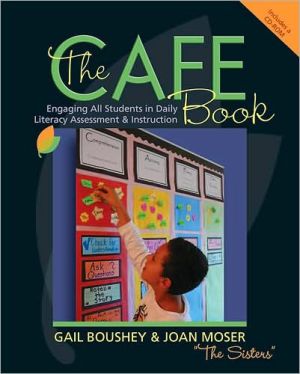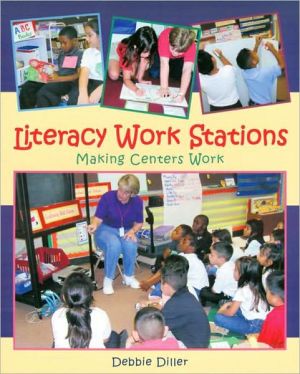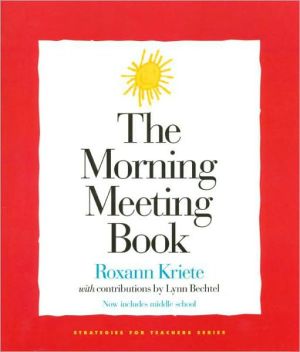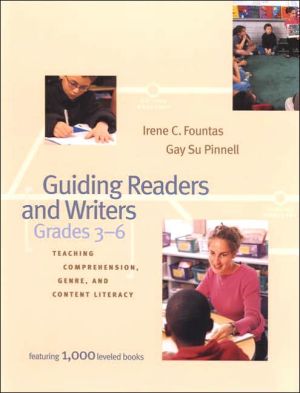Grammar for Language Arts Teachers
\ \ \ With clear, accessible language and practical, concrete examples from real writing and teaching situations, Grammar for Language Arts Teachers (GLAT) provides a contextualized and comprehensive overview of English grammar.\ Unlike other advanced grammar textbooks,GLAT has been developed for pre-service teachers “from the ground up.” The result is a practical and effective text that provides students with a solid foundation in grammar as well as classroom-tested strategies for applying...
Search in google:
Calderonello, Martin, and Blair's (all Bowling Green State U.) textbook is intended for preservice language arts teachers, but would also be useful in undergraduate grammar and composition courses for English majors and nonmajors, and as a reference text for practicing teachers. The grammar principles are presented in an approachable, accessible manner, and grammar concepts are directly related to the teaching of writing. The text includes subject matter, explanations, and examples tailored to an audience of novice learners. Annotation (c)2003 Book News, Inc., Portland, OR
Each chapter, except Chapter 1, contains Exercises.1. Why Study Grammar?The Relationship Between Grammar Study and Writing Improvement.The Relationship Between Language and Culture.The Social Nature of Error.The Issue of Choice with Respect to Style and Adherence to Conventions.Introduction to Terms and Concepts.2. “Simple” Sentences.Part One: Important Concepts About the Simple Sentence.The Subject and the Predicate.The Subject: Nouns and Noun Phrases.The Predicate: Types of Verbs and How They Influence Sentences.A Review of Simple Sentence Patterns.Form vs. Function as It Pertains to Nouns and Verbs.Part Two: Challenges for Writers.Recognizing Subjects and Verbs.Recognizing Sentence Boundaries: The Comma Splice and the Fused Sentence.Common Comma Foibles.Recalling Familiar Terms and Concepts.3. Nouns and Noun Phrases.Part One: Important Concepts About Nouns.How Nouns Function.Noun Types.Possessives.Plurals.Function Words That Accompany Nouns.Adjectives.Pronouns.Gerunds and Infinitives.Part Two: Challenges for Writers.Trouble with Noun Inflections.Trouble with Noun Form.Problems with Pronoun Agreement and Reference.Form, Function, and Fragments.Problems with Modification.4. More About Verbs.Part One: Verbs and Predicates.Verb Forms.How Verbs Function.The Structure of the Predicate.Tense vs. Aspect.Expressing Negation in Sentences.Subject-Verb Agreement.Words that Modify Verbs.Form vs. Function.Part Two: Challenges for Writers.Problems with Verb Inflections.Problems with Verb Form.Problems with Subject-Verb Agreement.Problems with Contractions.Problems with Negations.Problems with Adverbs.5. Simple Sentence Variation.Part One: Variety in the Simple Sentence.Sentence Types.Compound Structures in Simple Sentences.Stylistic Variation in Simple Sentences.More About Variation—The Passive Voice.Part Two: Challenges For Writers.Sentence Types—Problems for Non-Native Speakers.Subject-Verb Agreement in Sentences with Variety.Passive Pitfalls.Part Three: Style, Choice, and Convention.Choosing Stylistic Variation.Choosing Point of View.6. Introducing Sentence Complexity: Adverbials, Adjectivals, and Nominals.Part One: Making Sentences Complex.Embedding versus Conjoining.Adverbials, Adjectivals, and Nominals.Part Two: Preview of Challenges for Writers.Trouble with Embedding.Trouble with Conjoining.7. Introducing Adverbials.Part One: Forms of Adverbials.Review of Single-Word Adverbs.Phrase Adverbials.Adverb Clause.Part Two: Challenges for Writers.Conventions and Conjunctions.Fragmented Adverbials.Punctuation with Adverbials.Part Three: Style, Choice, and Convention.Using Adverbials.Stylistic Fragments: Adverb Clauses.8. Introducing Adjectivals.Part One: Forms of Adjectivals.Review of Single-Word Adjectivals.Adjective Phrases.Adjective Clauses.General Principles in Adjectival Modification.Part Two: Challenges for Writers.Problems with Form.Misplaced Modifiers.Dangling Modifiers.Fragmented Adjectival Modifiers.Part Three: Style, Choice, and Convention.Using Adjectivals for a Purpose—Avoiding Overuse.Selecting and Moving Adjectivals for Variation.Stylistic Fragments: Adjective Clauses.Usage Issues with Respect to Relative Clauses.Ambiguous, Awkward Sentences.9. Introducing Nominals.Part One: Overview of Nominals.Single-Word Nouns.Phrasal Nominals.Clause Nominals.Part Two: Challenges for Writers.There Is/There Are and Subject-Verb Agreement.Punctuation of Appositives.Fragmented Nominals.Direct versus Indirect Discourse.Part Three: Style, Choice, and Convention.Unusual Nominal Patterns and When to Use Them.Nominal Fragments as Choices.When to Use Dialogue.Moving Appositives.10. Compounding in and with Sentences.Part One: Conjoining Between and Within Sentences.Compounding Within Sentences: A Review.Compounding Sentences: A Review.Part Two: Challenges for Writers.Problems with Correlative Conjunctions.Commas in Conjoined Structures and Sentences.Faulty Parallelism.Fragmented Compound Structures.Part Three: Style, Choice, and Convention.Assumptions About Mature and Immature Style.Making Choices About Stylistic Options.11. Grammar and the Writing Process.Revising and Editing.Resources for Teaching.Revision and Word Choice.Revising for Fluency.Appendix.Bibliography.Glossary.Index.
